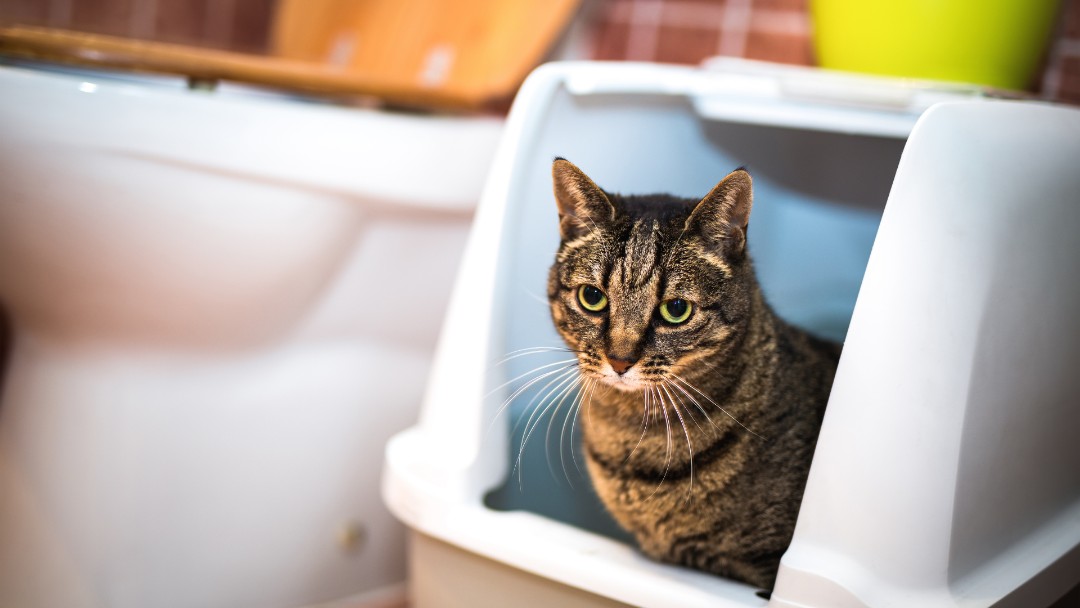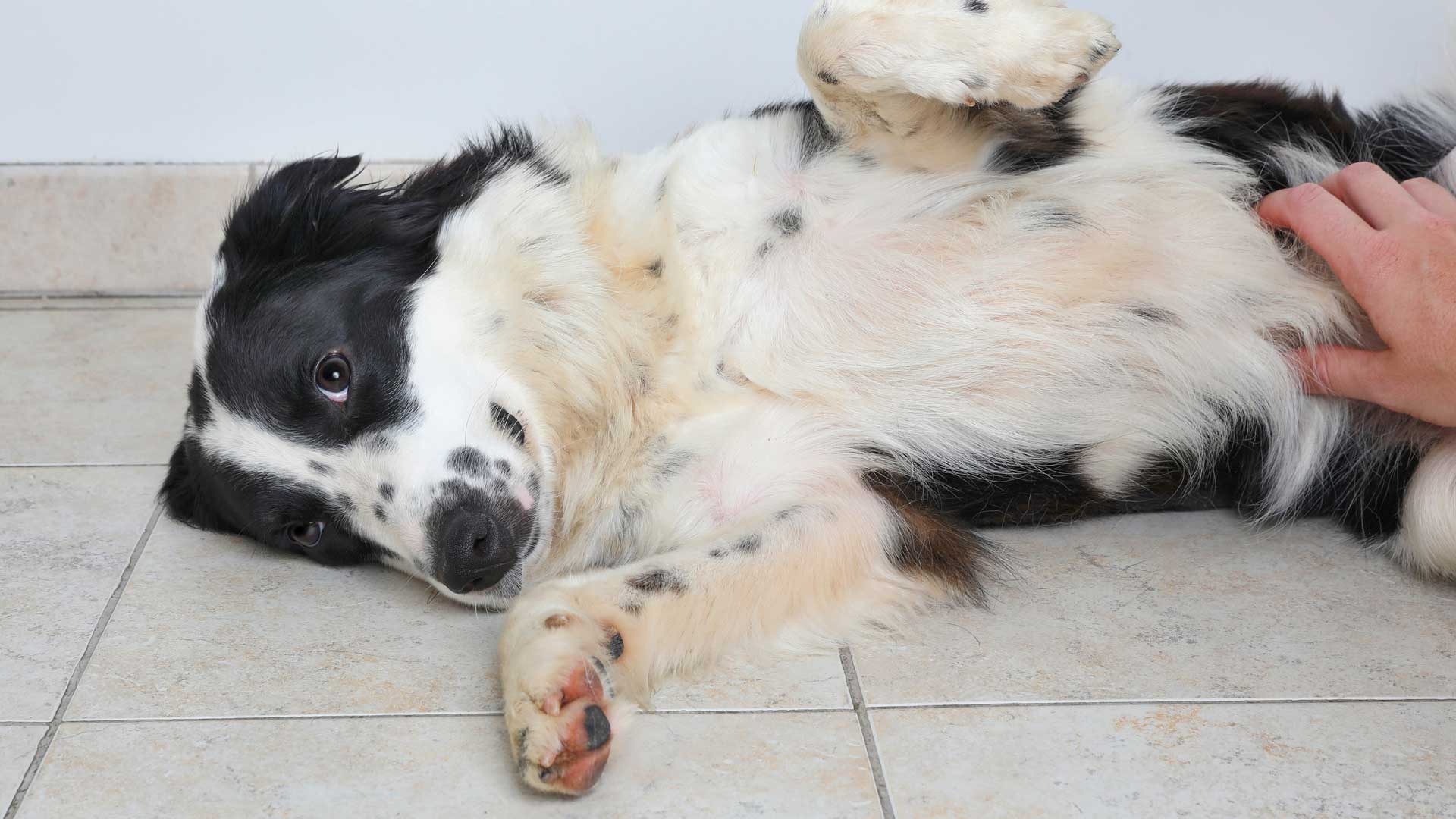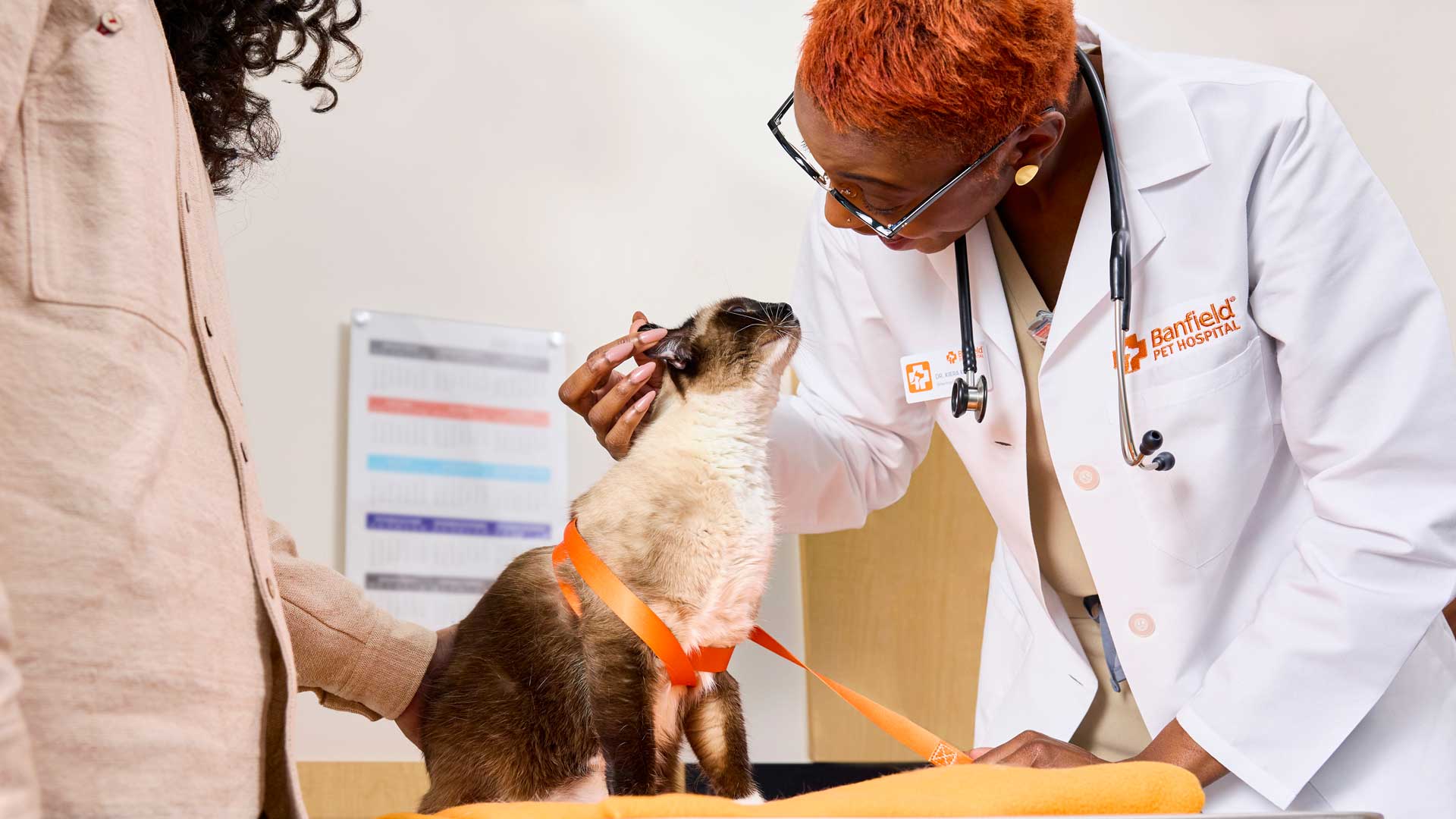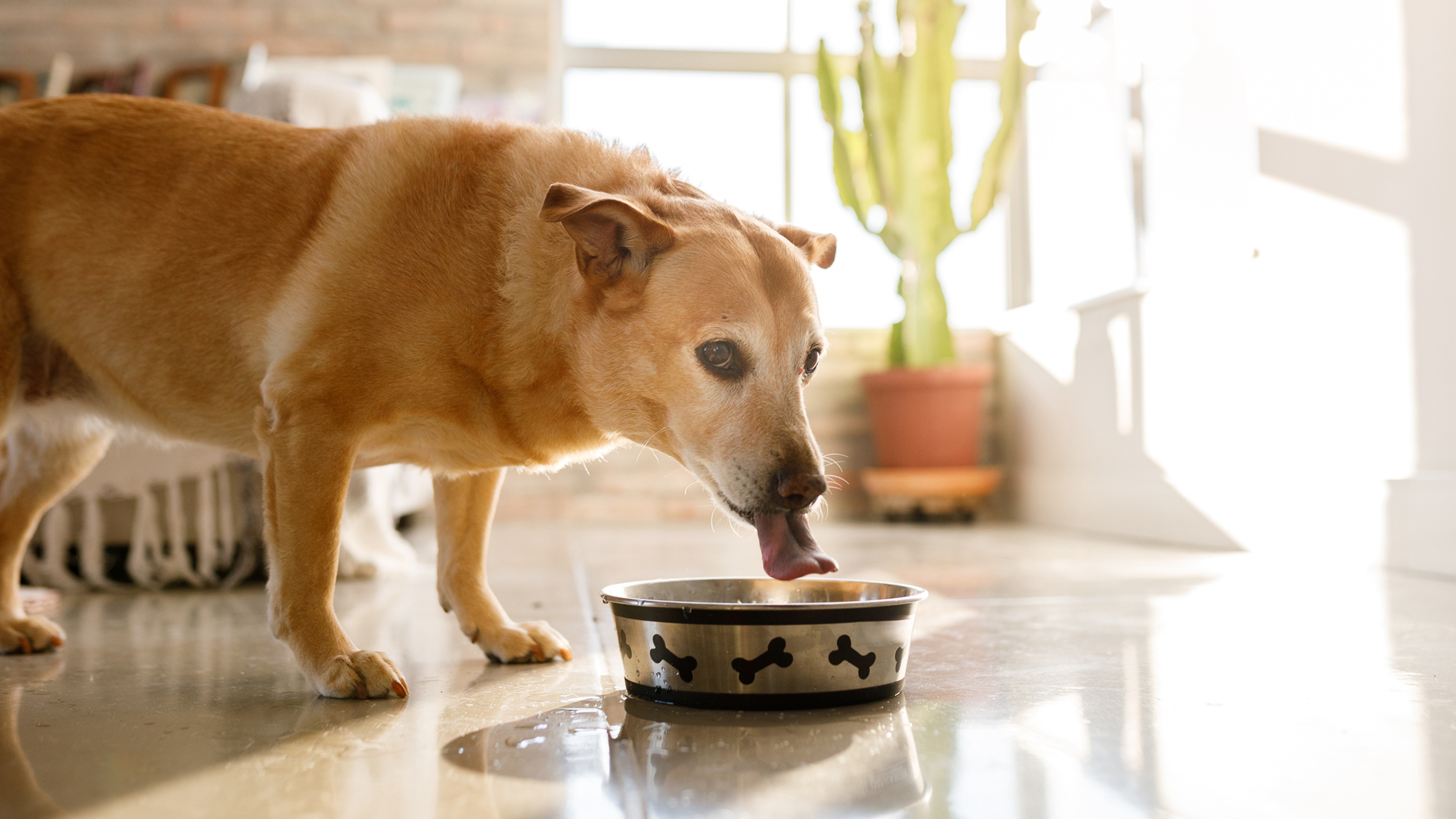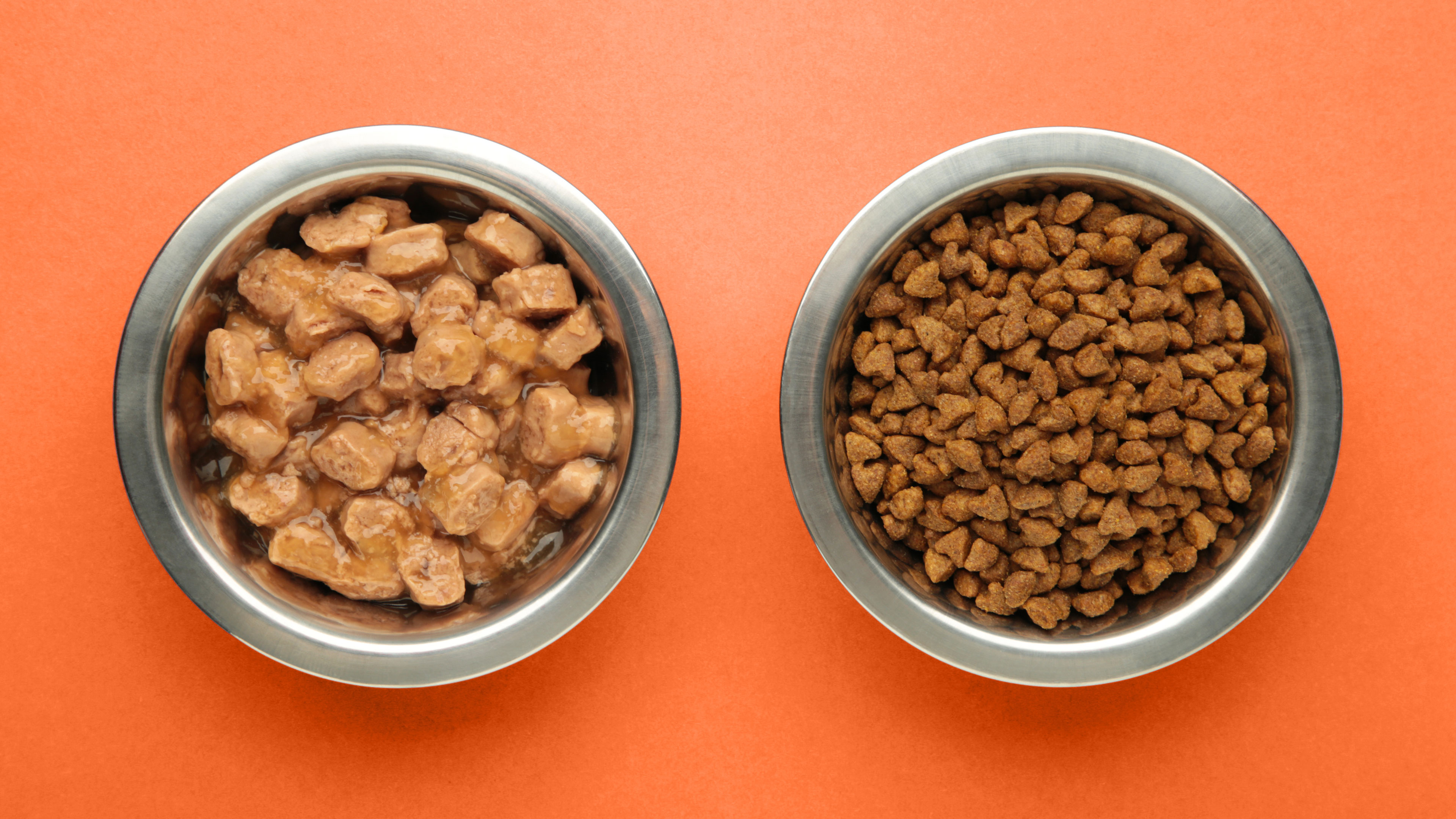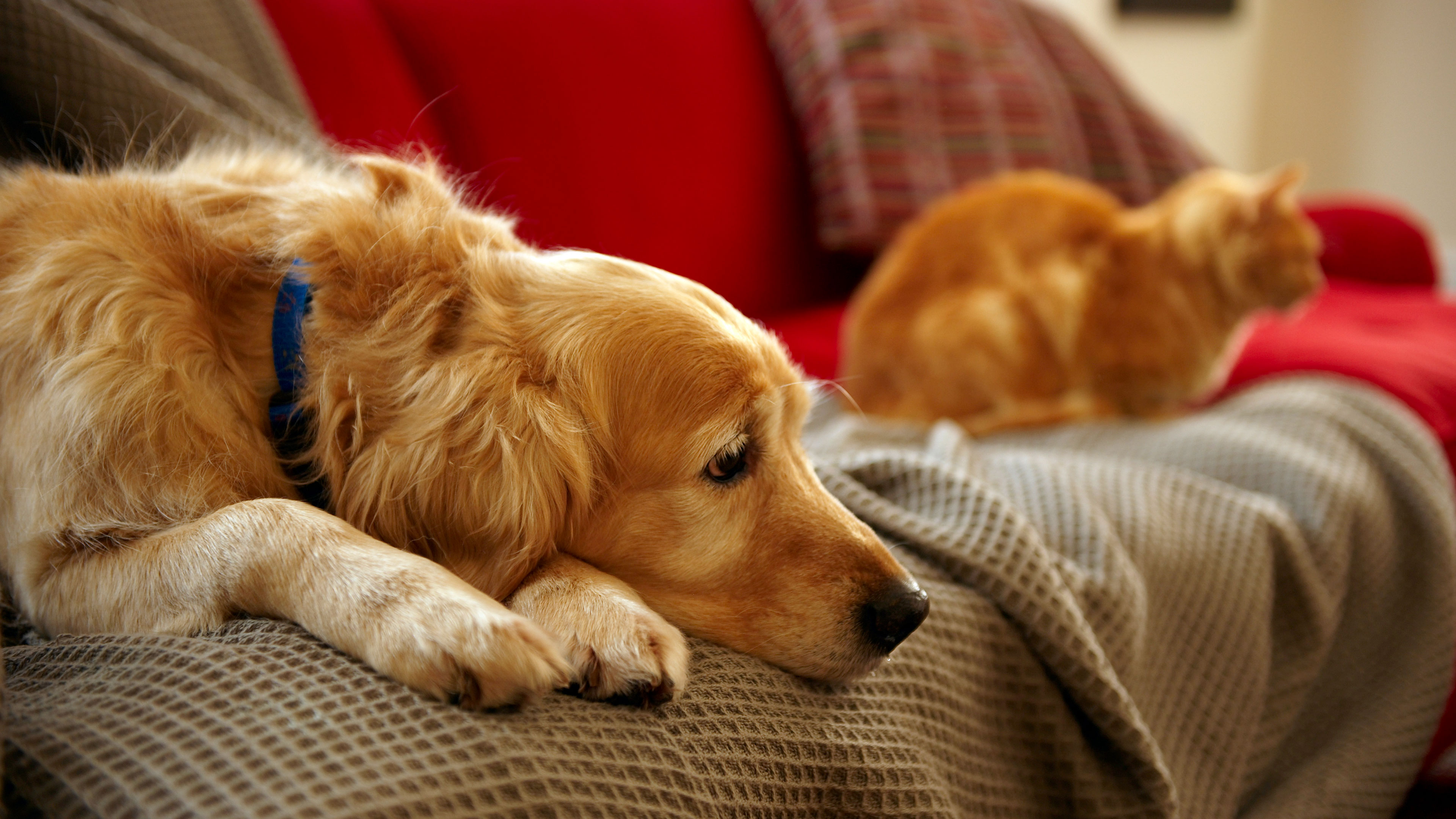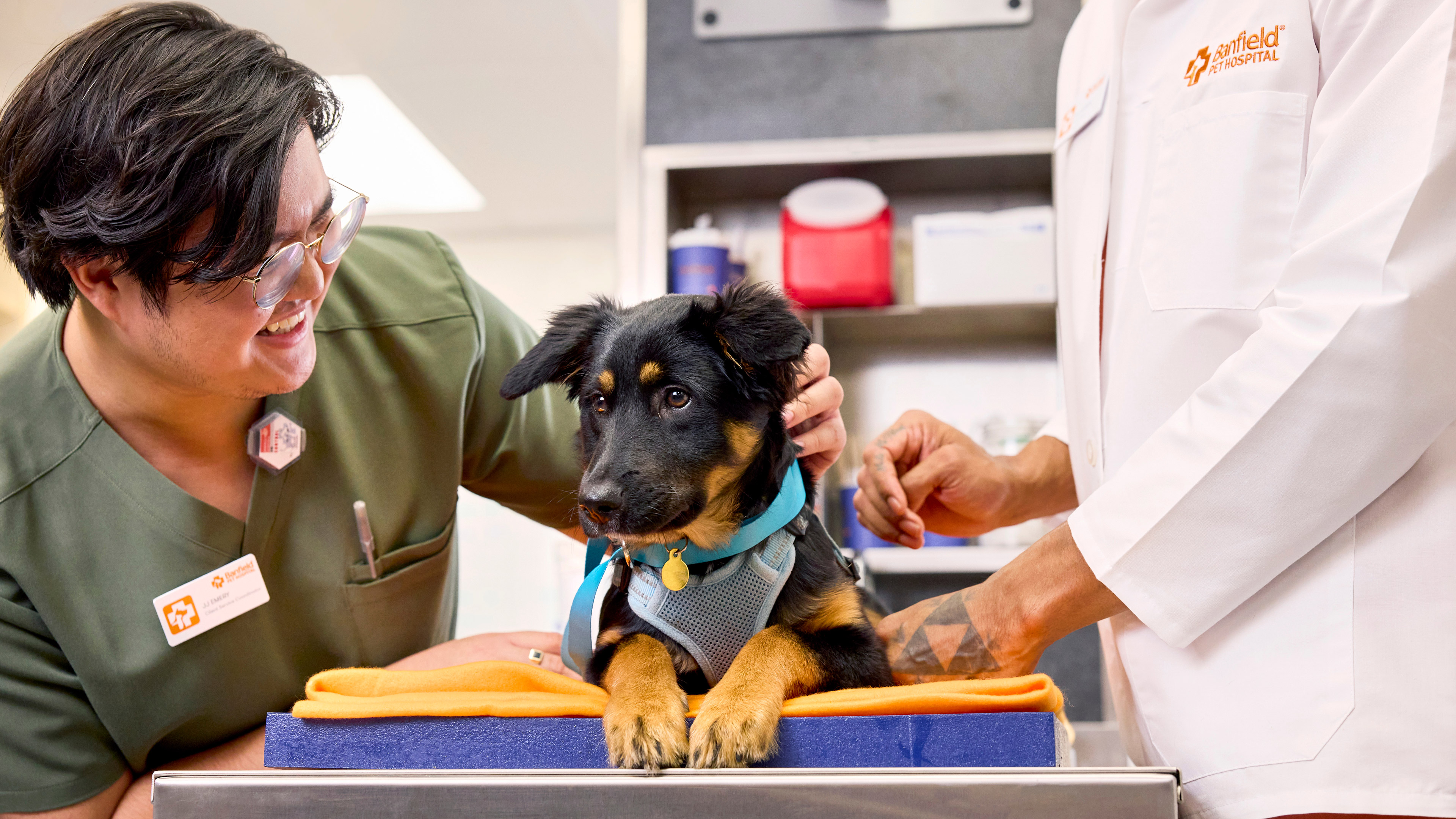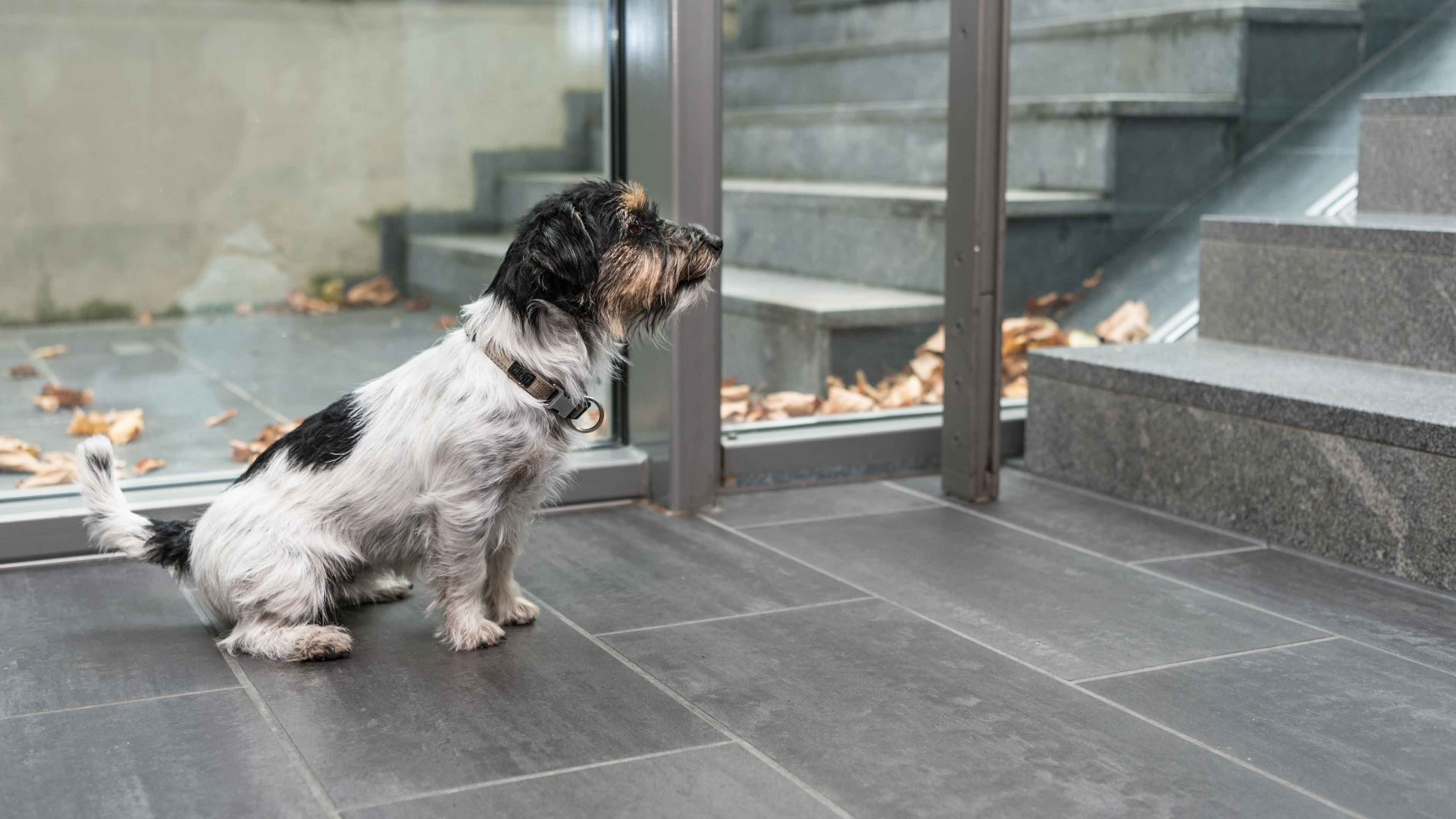everything to know about your pet’s digestion (but were afraid to ask)
What does that color mean?!
Healthy dog or cat poop is typically a medium brown color. It gets this color from bile — a substance that helps the liver with digestion. However, sometimes your pet’s poo can be any number of colors under the rainbow for a variety of reasons. Here are some of the colors you might see:Green
If your little fluffball’s poo comes out green, the most likely culprit is grass or other plants. Dogs in particular love to eat grass for any number of reasons. But green poop can also be a sign of actual health issues. If your pet’s green poop persists, or if it looks like diarrhea, it’s worth veterinary attention.
Orange
Orange poop typically means there’s something going on with your pet’s liver or bile function, although certain dog foods can also cause your pet’s poop to look orange. Book an appointment with your vet if you’re noticing orange-colored stools and you haven’t already discussed them with your veterinarian.
Red
Red can mean different things. Sometimes the stool itself is red, or it’s covered with something red. A stool that is colored red might indicate that your pet ate something like artificially flavored food or crayons. Stool that is covered in red liquid or red mucous often means fresh blood, which indicates a problem in the lower intestinal tract. Before you freak out, there’s any number of reasons your dog could have blood in their stool, including colitis, inflammatory bowel disease (IBD), foreign objects stuck in your pet’s intestinal tract, toxins, parasites, or in rare cases, cancer. The best course of action is to contact your veterinarian to discuss next steps.
Black
Like red blood in or on stool, black stools can be a sign of blood in your pet’s poo. This typically means there is bleeding occurring in the upper intestinal tract and the blood has been partially digested. And like red-bloody poop, black stools can indicate a potentially serious issue. So you know the drill: Call that vet of yours and let them know what’s up.
All that mucus
Mucus in your pet’s stool can be normal. It’s what helps feces move through their digestive tract. But if you see A LOT of mucus or if it’s associated with diarrhea, there could be something up with your pet’s insides. The most common culprits of excess mucus include colitis, parasites, bacterial infection, IBD, or food intolerance or allergies.Diarrhea disaster
Having a pet means dealing with soft, runny poop every once in a while. For the most part, occasional mild diarrhea in dogs or cats is not something to worry about too much. However, recurring diarrhea could be a sign of something bigger, and even mild diarrhea in a small pet can lead to serious dehydration. The most common cause of diarrhea includes eating bad food, food intolerance, or stress, but it can also be a sign of IBD, a bacterial or viral infection, parasites, or liver disease. If your pet’s diarrhea doesn’t resolve on its own, contact your vet. Photos of your pet’s poo might help, and don’t be surprised if you’re asked to collect a stool sample to bring to your visit.Let’s not forget pee
After all this talk about poop, we can’t forget to mention pee! The color of your pet’s pee can also be an indicator of health issues. If the pee is red, amber, brown, or orange in tone, that might be an indicator of blood. Although in some pets, and especially cats, dark yellow-to-orange could just indicate very concentrated urine. Blood in urine usually means a urinary tract infection or bladder or kidney stones, but it can also be a sign of infectious disease, kidney disease, toxins, or in rare cases, bladder cancer. If your pet’s dark-colored pee persists, seems painful, or is associated with other problems, contact your veterinarian.How your vet can help
Diagnosis and treatment for gastrointestinal and urinary issues can be a long process. When you bring your pet in, have as much information ready as you can—the color of your pet’s poop or pee, how long their stool or urine has looked this way, and if they’re exhibiting any other symptoms like lethargy. They will most likely perform an exam and other diagnostic tests, such as blood work, urinalysis, fecal analysis, and X-rays.Treatment all depends on what the issue is. For example, a foreign body will probably need to be surgically removed, while inflammatory bowel disease can often be managed with medications. Whatever the answer may be, know that we’re here to support your pet.
 Mites and mange
Mites and mange Podcast - Not Just Fluff
Podcast - Not Just Fluff
